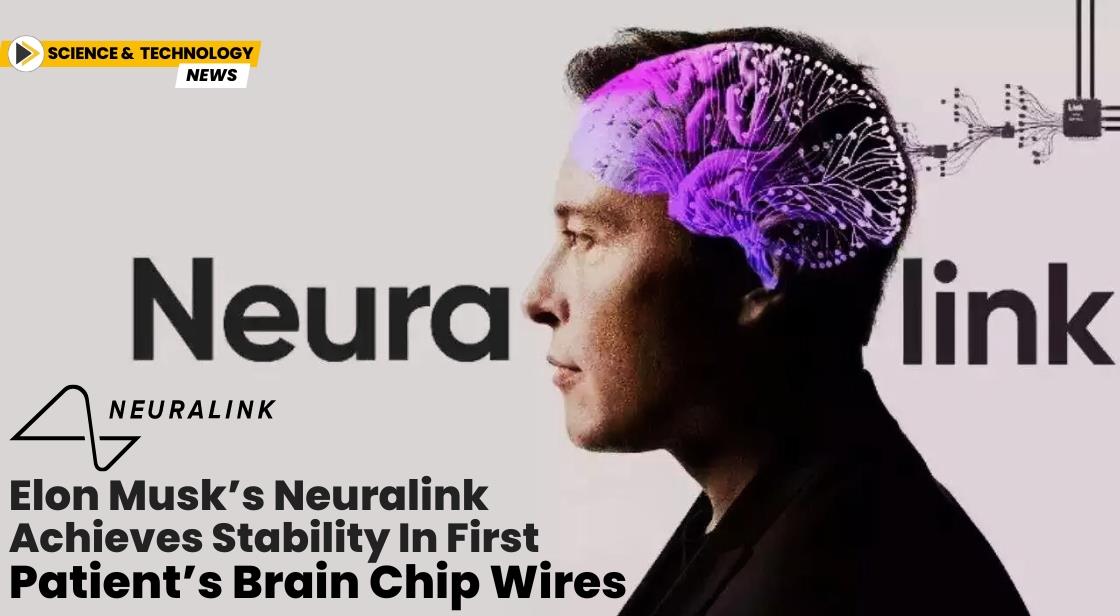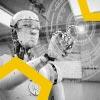Elon Musk’s Neuralink Achieves Stability in First Patient’s Brain Chip Wires

News Synopsis
Elon Musk's neurotechnology company, Neuralink, has reported positive developments in its ongoing human trials for a brain-computer interface implant. The company's first human participant, Noland Arbaugh, who is paralyzed from the shoulders down, has shown significant progress in the stability of the implanted device.
Initial concerns about tiny wires within the implant shifting out of position have been addressed. Neuralink executives explained that the brain tissue naturally stabilizes the wires over time, and the implant is now considered "more or less very stable."
Overcoming Challenges and Future Plans
To further improve the implant's performance and safety, Neuralink is implementing several strategies:
-
Skull Sculpting: The company is developing techniques to carefully shape the skull to minimize gaps between the implant and the brain, reducing strain on the delicate wires.
-
Carbon Dioxide Control: Controlling carbon dioxide levels in patients during surgery is another measure aimed at enhancing implant stability and overall patient safety.
-
Device Refinement: Neuralink is working on a new device that requires fewer electrodes, potentially increasing efficiency and reducing the invasiveness of the procedure.
The Potential of Brain-Computer Interfaces
Neuralink's ultimate goal is to empower paralyzed individuals to control digital devices using their thoughts. The company's technology involves implanting tiny, thread-like electrodes into the brain to record and decode neural signals. These signals are then translated into commands that can be used to operate computers, prosthetics, or other devices.
While still in its early stages, the successful implantation and stabilization of the device in the first human participant represents a significant milestone for Neuralink and the field of brain-computer interfaces. Continued research and development are crucial to unlocking the full potential of this technology and improving the lives of people with disabilities.
Conclusion
Neuralink's initial human trial results indicate promising progress in developing a brain-computer interface. The stabilization of the implanted device in the first participant is a significant step forward, demonstrating the potential for this technology to restore functionality to individuals with paralysis.
However, it is essential to approach these developments with a balanced perspective. While the advancements are encouraging, significant challenges remain, including long-term implant stability, accurate neural signal decoding, and ethical considerations. Continued research and development, coupled with rigorous safety protocols, will be crucial in realizing the full potential of brain-computer interfaces while safeguarding patient well-being.
As Neuralink and other organizations in this field progress, it is vital to maintain a focus on patient-centered outcomes and the ethical implications of this technology.
You May Like









